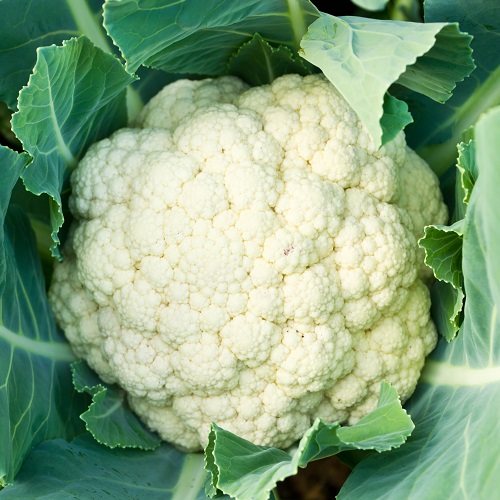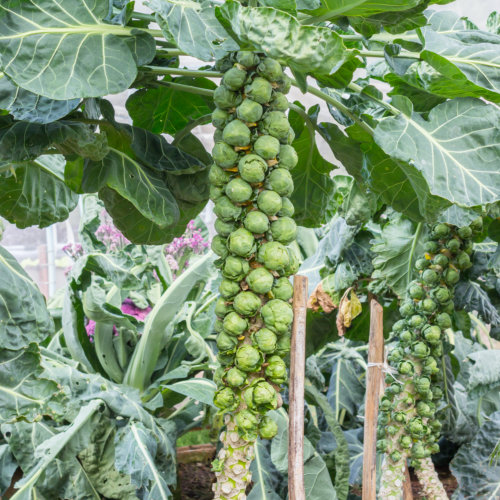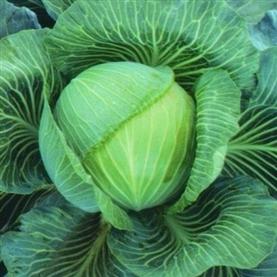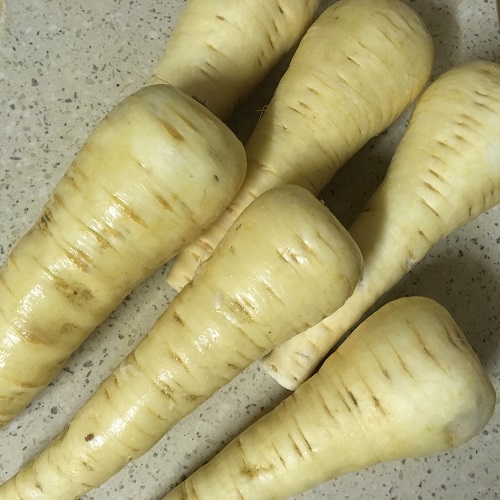Customers who bought this item also bought:
Cauliflower Clapton
£2.99
Clapton is the first available variety with clubroot resistance.....
Seed Packet Contents: 20 Seeds
Brussel Sprout Crispus
£2.79
Crispus is a clubroot resistant Maximus type - WOW!.....
Average Contents : 20 seeds
Cabbage Kilaton
£1.99
One of the long awaited varieties that is clubroot resistant.....
Packet Contents : 20 Seeds
Type: Ballhead / Round
Parsnip Gladiator£1.59
£0.99
Gladiator is the market leading variety that all other parsnips.....
Average Contents : 200 seeds
Customer Reviews
Write a Review and share your opinions!




